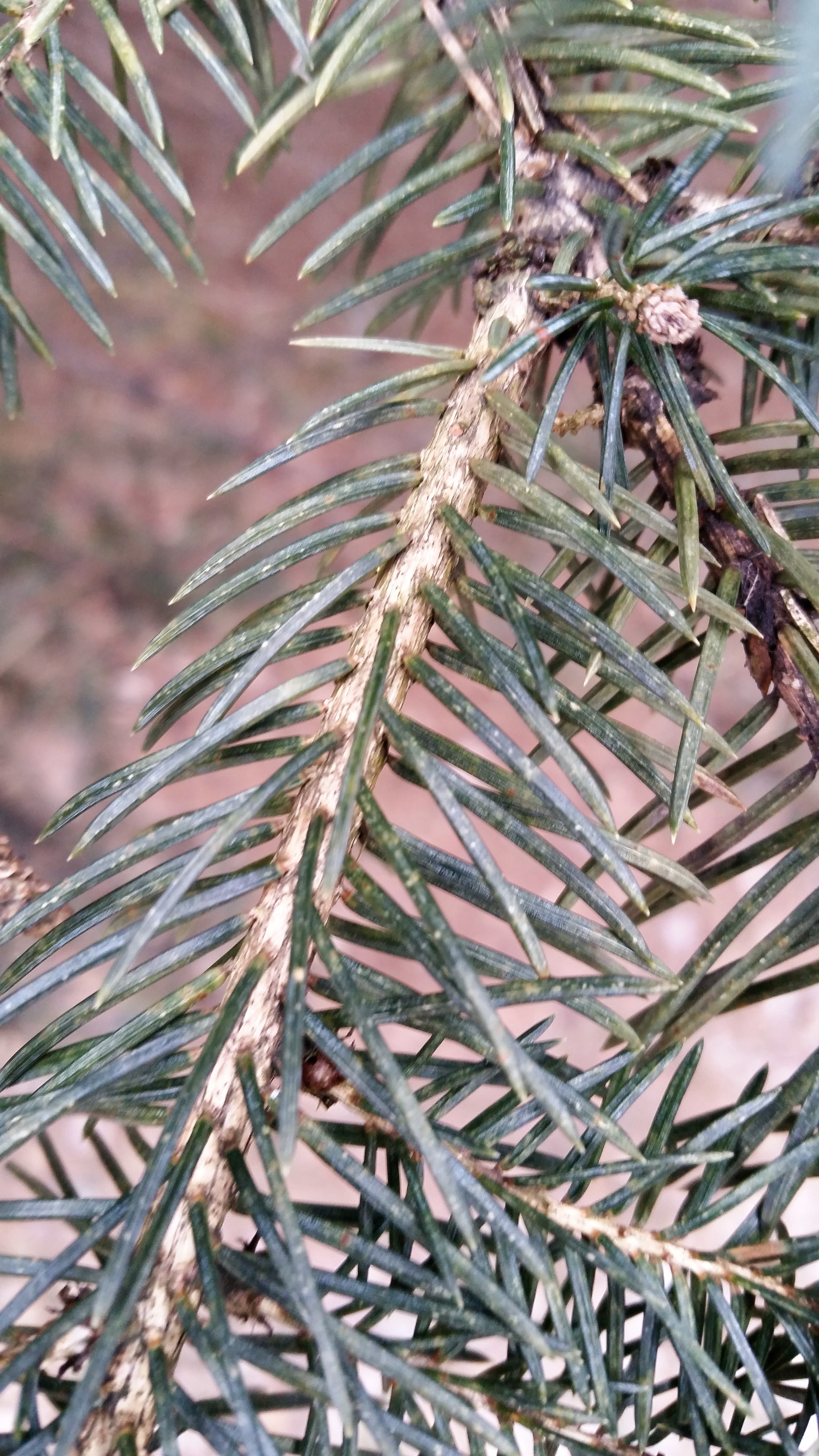Spruce Spider Mites and Your Spruce Trees
This large spruce has been nearly defoliated by spruce spider mites
The Spruce Spider Mite is a pest that causes needle loss and defoliation of spruce trees. They typically become problematic after periods of drought or other factors that cause stress in trees.
Early symptoms of spruce spider mite activity are small tan spots or mottling on needles, which is caused by their feeding. Additionally spruce trees develop a dull, dusty appearance and damaged needles turn tan and fall off. When the infestation becomes severe, needle loss and defoliation can occur all the way to the top of the tree.
Spruce spider mites are a cool season pest and thrive during spring and fall. They are mostly inactive during the summer months. If spruce spider mites have been confirmed, control can be achieved by spraying horticultural oil and/or miticide in the spring or fall.
Here’s what we can do
Shadywood Tree Experts can help maintain your spruce trees with proper pest identification, proven control methods and annual fertilization. When you sign up for plant health care from Shadywood, we administer the recommended protocols for disease prevention control to keep your trees healthy. With each visit, our arborists assess trees for overall health.
Additional things you can do to maintain the health of your Spruce
Tan spots and mottling on needles is caused by spider mite feeding activity
Water trees regularly using a hose or small sprinkler for at least an hour once every one to two weeks if there has not been adequate rain. Avoid spraying needles directly when watering as excessive moisture can promote fungal diseases. Mulch root systems when possible, using natural wood chips to condition and improve the soil and to conserve soil moisture. If you see anything that doesn’t look right, have your trees inspected by one of Shadywood Tree Experts International Society of Arboriculture Certified Arborists.


